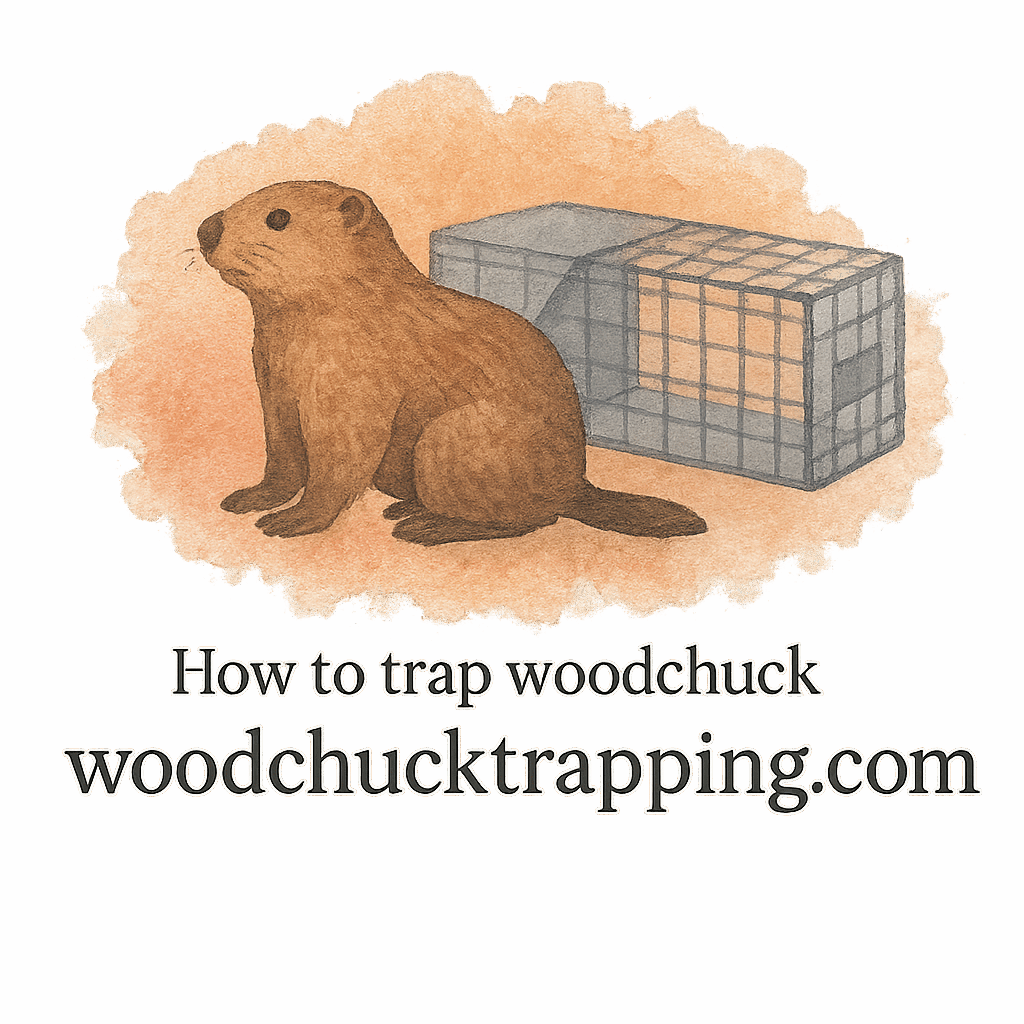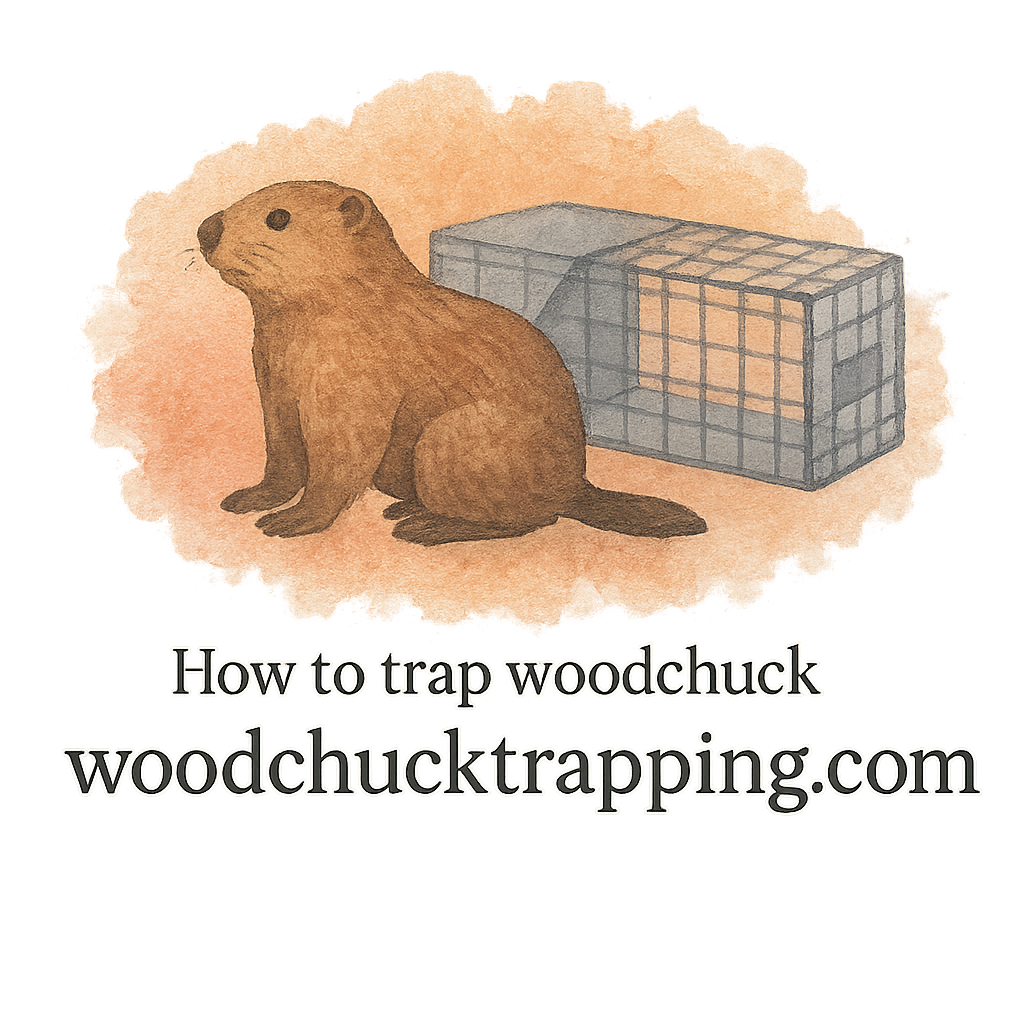Introduction
If you’ve ever discovered fresh burrows in your backyard or noticed your vegetable garden mysteriously disappearing overnight, chances are you’ve met the woodchuck (also known as a groundhog). These animals may look harmless, but their digging can wreak havoc on yards, gardens, and even home foundations. That’s where humane woodchuck trapping techniques come into play.
In this article, we’ll dive into eight professional tools that make trapping more effective, safer, and—most importantly—humane. Whether you’re dealing with a small yard or a large property, these tools will help you trap and relocate woodchucks without causing unnecessary stress or harm.
Understanding Humane Woodchuck Trapping
Why Humane Methods Matter
Woodchucks are part of the ecosystem, and while they may be frustrating pests, they deserve humane treatment. Using the right traps and equipment ensures you manage the problem without cruelty. Humane trapping also keeps you in line with local wildlife protection laws, which often mandate non-lethal methods.
The Challenge of Woodchuck Infestation
A single woodchuck can dig multiple burrows (see burrows guide) across your property. Over time, this can cause extensive yard damage (yard damage prevention) and even structural risks. That’s why effective trapping isn’t just about capture—it’s about protecting your space while respecting wildlife.
Essential Preparations Before Trapping
Identifying Signs of Woodchuck Activity
Before setting traps, it’s vital to confirm you’re actually dealing with woodchucks. Look for signs like wide tunnel entrances, piles of fresh dirt, and chewed vegetation. More tips can be found in the signs section.
Locating Burrows and Yard Damage
Woodchucks prefer digging near fences, decks, or garden areas. Spotting burrows early helps you place traps more strategically.
Safety and Legal Considerations
Trapping is regulated in many states. Check your local laws & safety guidelines before starting. Always use protective gear and follow humane relocation rules.
Professional Tools for Humane Woodchuck Trapping
1. Live Cage Traps (Compact & Durable)
Live traps are the cornerstone of humane woodchuck control. They capture without harming, allowing for safe relocation.
Choosing the Right Size Trap
A medium to large compact trap (compact traps) is ideal. Look for heavy-duty metal with smooth edges to prevent injury.
Placement Strategies for Small Yards
If you’re short on space, position traps near burrow entrances or along active travel paths. Learn more about minimal-space trapping techniques.
2. Trap Scent & Bait Dispensers
Woodchucks rely heavily on their sense of smell, making baiting essential.
Effective Use of Scent-Bait Combinations
Mixing natural food baits with scent lures (scent bait guide) increases success rates.
Best Practices for Humane Attraction
Avoid overloading traps with strong odors; subtle scents work better. Check out baiting & luring methods for deeper strategies.

3. Specialized Gloves for Handling
Safety isn’t just about the animal—it’s about you, too.
Safety First: Protecting Yourself
Thick gloves (gloves gear) shield you from bites, scratches, and disease risks.
Reducing Stress for Trapped Animals
Using gloves also prevents leaving human scent on traps, which could scare woodchucks away.
4. Baiting & Luring Tools
Your bait setup can make or break your trapping success.
Natural vs Commercial Lures
Apples, carrots, and leafy greens work well, but specialized lures (lure guide) are more consistent.
Positioning Bait Correctly
Always place bait at the trap’s far end, ensuring the woodchuck fully enters before triggering.
5. Compact Trap Covers
Trap covers are an overlooked but critical tool.
Minimizing Stress During Capture
Covering a trap with cloth or tarp helps calm the captured woodchuck. Check the humane trapping section for more insights.
Weather Protection Benefits
Covers also protect trapped animals from rain, wind, or extreme heat while waiting for relocation.
6. Trap Gear & Transport Tools
Relocation requires more than just catching.
Moving Trapped Woodchucks Safely
Use trap gear (trap gear resources) like carriers or dollies for easier transport.
Humane Relocation Equipment
Specialized transport cages allow stress-free transfer to relocation zones.
7. Inspection Tools for Burrows
Knowing where woodchucks live is half the battle.
Spotting Hidden Entry Points
Tools like mirrors, cameras, or smoke testers reveal unseen burrow entrances.
Preventing Re-Infestation
After removal, backfill burrows to discourage return. Explore more in trapping techniques.
8. Humane Handling Equipment
Even after trapping, safe handling is crucial.
Stress-Free Transfer Methods
Use nets or safe transfer tubes to move woodchucks gently.
Essential Safety Gear
Protective handling tools (handling tips) reduce the risk of injury for both you and the animal.
Advanced Trapping Techniques
Placement Strategies in Minimal Space
In tight yards, creative positioning is key. Learn small yard trapping strategies to maximize efficiency.
Avoiding Common Mistakes
Many beginners touch traps with bare hands, leaving scents that deter woodchucks. Always use gloves and minimize disturbances.
Preventing Future Yard Damage
Yard Maintenance & Habitat Management
Remove fallen fruits, seal access points, and fence vulnerable gardens. See prevention strategies for more.
Long-Term Woodchuck Prevention
Regularly check for signs of activity (infestation signs) to act before a small problem grows big.
Conclusion
Humane woodchuck trapping isn’t just about setting a cage and waiting—it’s about preparation, the right tools, and respect for wildlife. By using these eight professional tools, you’ll not only protect your yard but also handle woodchucks responsibly. From live traps to bait dispensers and handling equipment, each tool plays a role in making the process efficient and ethical.
With the right techniques, you can reclaim your garden while ensuring these curious creatures are relocated safely.
FAQs
1. What is the best bait for woodchuck trapping?
Fresh vegetables like carrots and apples work well, but commercial lures are more reliable.
2. Are woodchucks dangerous to humans?
They’re generally shy but may bite if threatened. Always use protective gloves.
3. Can I trap woodchucks without harming them?
Yes, with humane traps and proper handling tools.
4. How do I know if I have a woodchuck problem?
Look for signs such as large burrows and chewed plants.
5. Is trapping legal in every state?
No. Always check laws & safety guidelines before trapping.
6. How do I prevent woodchucks from returning?
Seal burrows, fence gardens, and follow yard damage prevention practices.
7. What should I do with a trapped woodchuck?
Relocate humanely using trapping techniques and follow local wildlife relocation laws.


